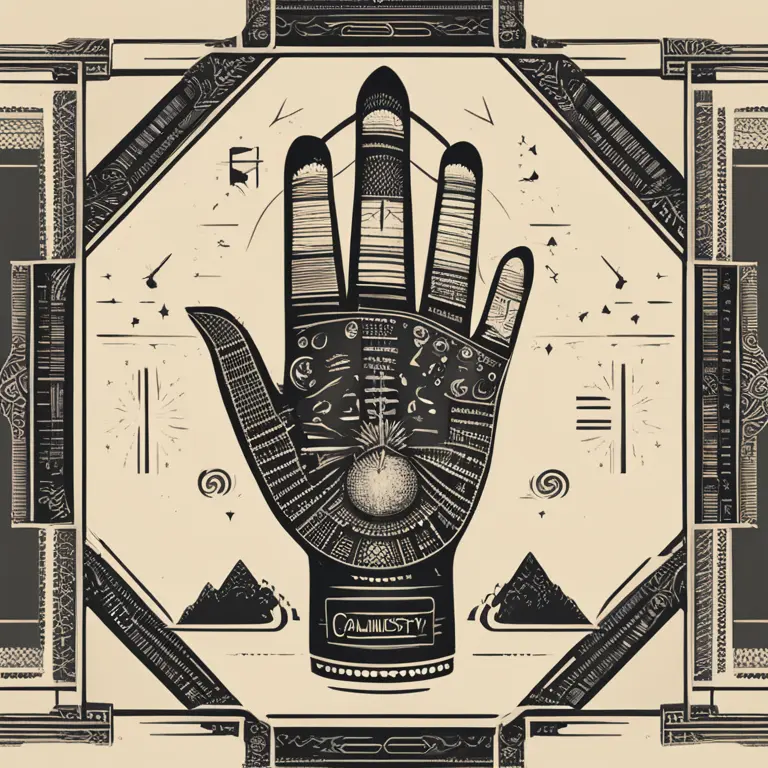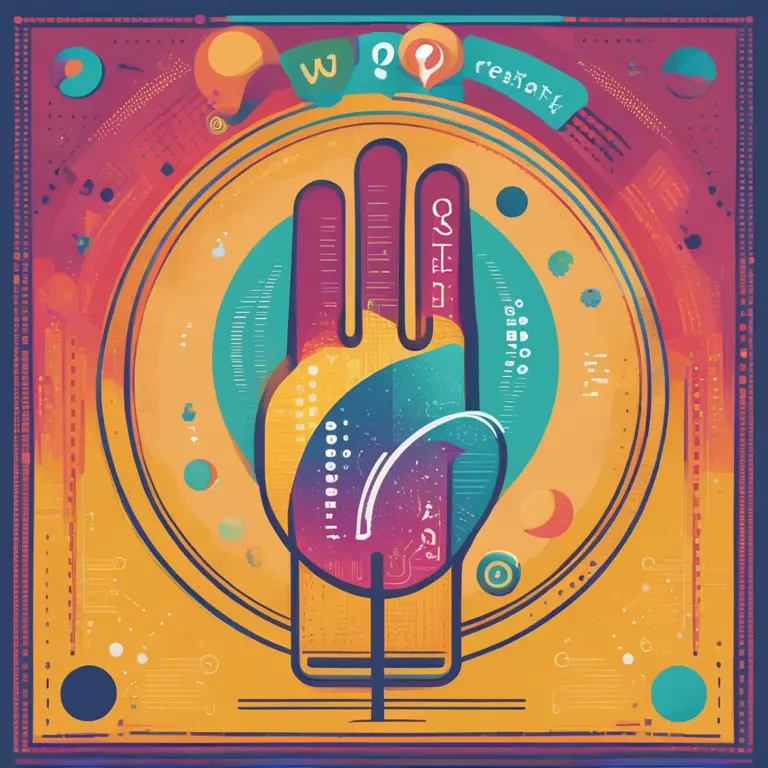
The Palmistry Precision Debate
Examine the intriguing world of palmistry and delve into the question of its accuracy as a tool for personal insight.
article by Nora Pennington
Palmistry's Roots and Reach
Palmistry, also known as chiromancy, has ancient antecedents, tracing back thousands of years to civilizations like India, China, and Egypt. This practice involves analyzing the physical features of the hand — its lines, mounts, and shapes — to infer aspects of a person's character and predict potential life outcomes. Popularity has fluctuated, but in recent years, there's been a resurgence of interest as people search for personal insight and answers within the esoteric. Contemporary palmistry combines age-old techniques with modern psychological understanding, offering a more nuanced approach than its historical counterpart.

The Science and Skepticism
When it comes to evaluating palmistry's accuracy, the scientific community remains largely skeptical. Critics argue that palmistry is not based on empirical evidence and often point out the Forer effect — the phenomenon where individuals find vague, general statements highly accurate because they want them to be true. While elements like genetics and environmental factors agreeably influence hand features, the leap to associating these with a person's fate or personality is contested. Despite the skepticism, research in the domain of dermatoglyphics has shown certain patterns in fingerprints may correlate with genetic abnormalities or diseases.

Personal Testimonies and Experiences
Despite lacking rigorous scientific backing, palmistry boasts many enthusiasts who claim accurate readings of their persona and future events. Anecdotal evidence is plentiful with individuals sharing stories where palm readings have offered uncanny insights into their lives or provided guidance that proved beneficial. Whether these are incidences of selective recall or genuine instances of palmistry's precision remains an open question. Affirmations from satisfied clients continue to fuel the belief in palmistry's relevance and accuracy as a tool for personal assessment.

The Role of the Palm Reader
A major determinant of palmistry's accuracy is the palm reader themselves. Practitioners with years of experience and a deep understanding of palmistry's principles are more likely to provide readings that resonate with individuals. The reader's interpretive skills, intuition, and the rapport they establish with clients contribute significantly to the perceived accuracy of a reading. The subjective nature of the practice means that two palm readers might interpret the same hand differently, highlighting the importance of the reader's perspective in shaping the outcome.

The Psychology Behind Belief
Psychology offers insights into why people may find palmistry accurate or valuable. Humans have a penchant for narrative and meaning-making, and palmistry fits this purpose by weaving a story from the lines on one's hand. This tendency, coupled with confirmation bias — where individuals give more weight to evidence that supports their existing beliefs — can make palm readings seem more valid than they might be objectively. Even in the face of skepticism, the comfort or empowerment that comes from a reading can hold significant personal value.
The Verdict on Palmistry's Precision
Is palmistry accurate? The answer is complex and largely subjective. While empirical evidence directly supporting the claims of palmistry is sparse, the practice can provide personal insights and foster self-reflection. For believers, the accuracy of palmistry may not hinge on scientific validation but on the personal truths and psychological benefits gleaned from a reading. As with many mystical practices, the utility of palmistry might lie more in its ability to offer comfort, provoke thought, and stimulate self-awareness rather than predict the future with undeniable precision.
Published: 1/11/2024
Modified: 1/12/2024
More predictions
Come back here soon to learn more about yourself and your future


The Possibility of Palmistry in Cancer Detection
Examining the claims that palmistry holds any potential in identifying the risk of cancer: a deep dive into the world of mysticism and medicine.


The Efficacy of Palmistry: Real Insight or Fancy?
Delve into the validity of palmistry as a form of divination. Is there a truth behind the lines on our palms, or is it just a charming fancy?


The Ancient Art of Vedic Palmistry
Discover the ancient art of Vedic Palmistry and its practice in the modern era, revealing the secrets held within the lines of the hand.